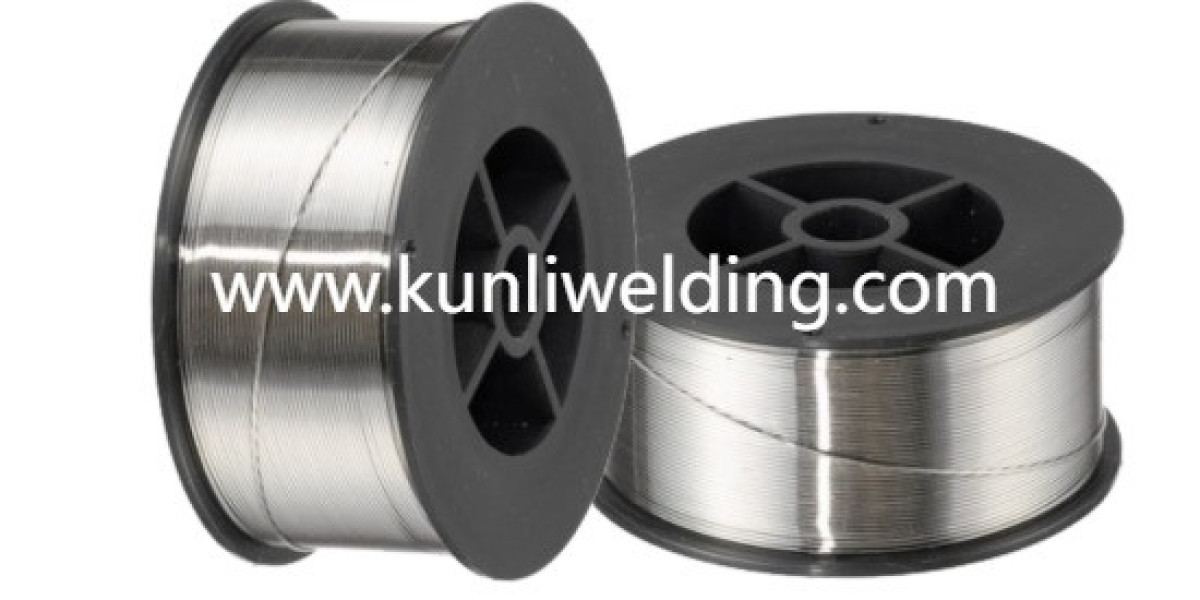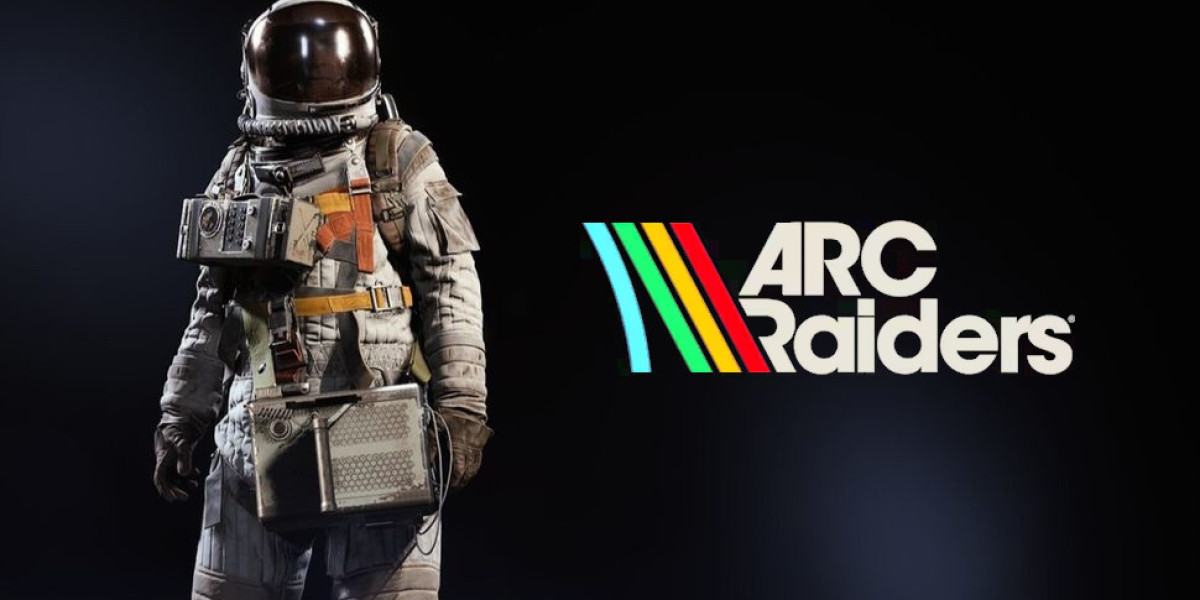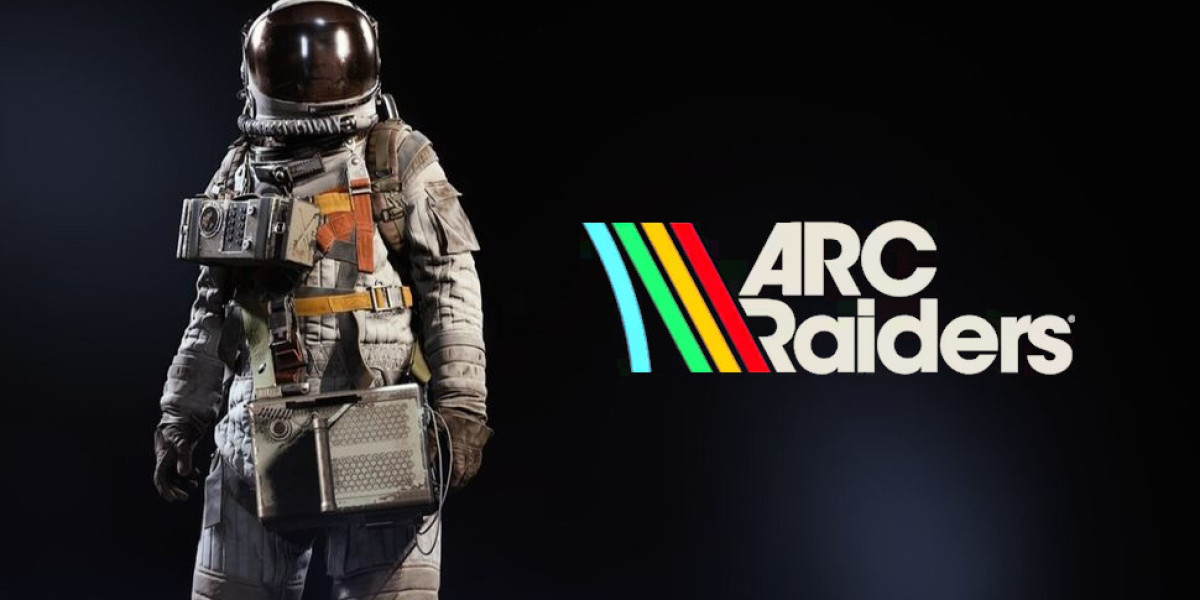Reservoir modeling and design services - Reservoir modeling and design services involve using geological and geophysical data to optimize hydrocarbon recovery. Engineers use advanced simulation software to predict reservoir performance and improve production planning. These services are crucial for enhancing recovery rates and minimizing exploration risk.
Reservoir Modeling and Design Services are fundamental to the upstream segment of the oil and gas industry, representing the intellectual cornerstone of exploration, field development, and production optimization. These services translate subsurface data into actionable strategies, directly influencing billions of dollars in investment decisions and the ultimate recovery of hydrocarbons.
The process begins with Reservoir Modeling, which involves the creation of a 3D digital representation of the underground oil and gas bearing formation, or "reservoir." This comprehensive model integrates vast amounts of diverse data:
Geological Data: Information on rock types, stratigraphy, and structural features derived from seismic surveys, core samples, and well logs.
Petrophysical Data: Properties of the rock and fluids, such as porosity (storage capacity), permeability (flow capacity), and fluid saturation, determined from logging tools.
Fluid Properties: Pressure, volume, and temperature (PVT) analysis of the hydrocarbons and water.
Dynamic Production Data: Historical data on flow rates, pressure decline, and fluid injection from existing wells.
Engineers and geoscientists utilize sophisticated software to build a Static Model (the geological structure) and then a Dynamic Model (simulating fluid flow over time). The dynamic model is the core tool for predicting how the reservoir will behave under various production scenarios.
Reservoir Design Services leverage the insights from the model to formulate a comprehensive Field Development Plan (FDP). The design services include:
Optimizing Well Placement and Trajectory: Determining the ideal number, location, and path (vertical, horizontal, multilateral) of future wells to maximize reservoir contact and recovery.
Production Strategy Selection: Designing the optimal strategy, including primary depletion, secondary recovery (e.g., water or gas injection to maintain pressure), and Enhanced Oil Recovery (EOR) techniques (e.g., chemical injection, thermal recovery).
Forecasting Production and Economics: Generating probabilistic production forecasts and integrating them with economic models to assess the Net Present Value (NPV) and return on investment for the entire project.
Carbon Capture and Storage (CCS) Design: Increasingly, reservoir design services are being adapted to model the subsurface capacity, injection strategy, and long-term security of geological carbon storage in depleted reservoirs or deep saline aquifers.
A significant trend in this area is the transition from deterministic modeling (single "best guess" model) to probabilistic or uncertainty modeling. Modern services quantify the range of possible outcomes (P10, P50, P90) based on uncertainty in seismic interpretation, rock properties, and fluid behavior. This provides decision-makers with a robust framework for risk assessment.
Another major development is the integration of AI and Machine Learning into the modeling workflow. These technologies are used to rapidly process and interpret huge datasets (like 4D seismic or continuous production data), automatically history-match dynamic models, and explore thousands of potential well placement and injection scenarios far quicker than traditional methods.
In conclusion, Reservoir Modeling and Design Services are the intellectual engine room of the upstream industry. They are critical for mitigating the inherent subsurface risk, maximizing the economic value of assets, and ensuring responsible resource management. The future of this service area is defined by its increasing reliance on advanced data science to manage geological uncertainty and its expansion into supporting new energy systems, such as large-scale CO2 geological storage.
Reservoir Modeling and Design Services FAQs
What is the core function of creating a "Dynamic Model" of a reservoir? The core function is to simulate the movement and flow of underground fluids (oil, gas, water) over time, which allows engineers to predict how the reservoir will behave under different production and injection strategies.
How do these services help mitigate financial risk in field development? They help by providing probabilistic production forecasts and economic evaluations for various development scenarios, allowing companies to quantify the range of possible outcomes and select the plan that offers the best risk-adjusted financial return.
What major new application is the expertise in reservoir modeling now being applied to? The expertise is now being widely applied to the design and long-term security assessment of geological Carbon Capture and Storage (CCS) projects, using the models to predict the fate of injected CO2 in deep subsurface formations.








